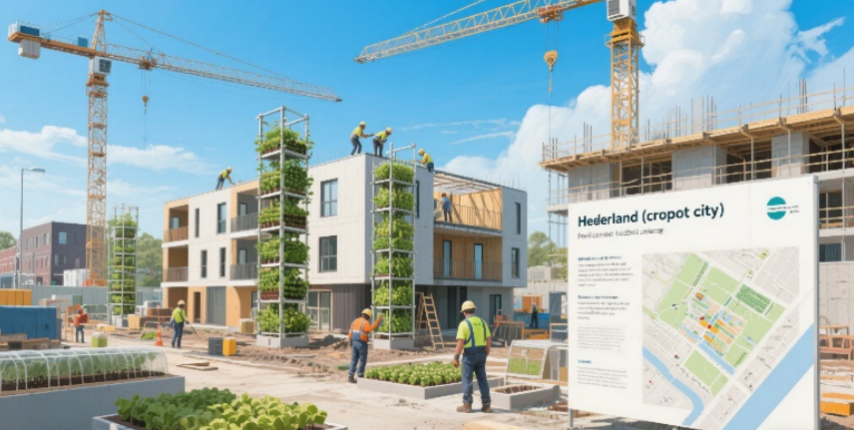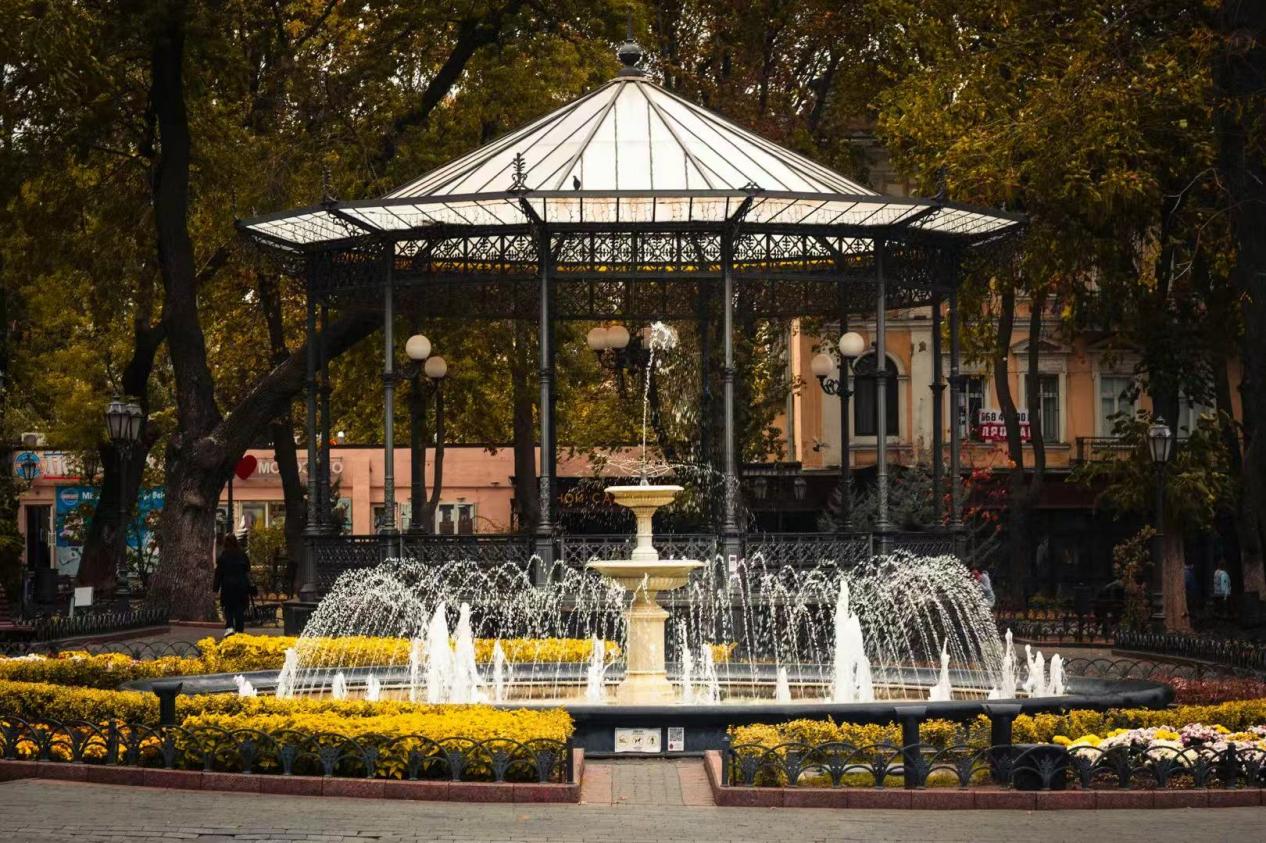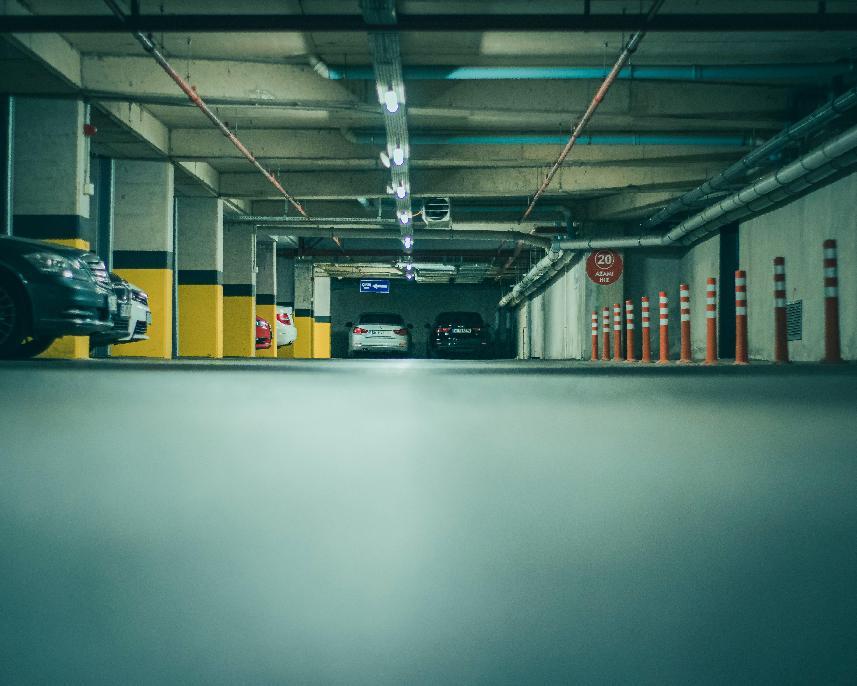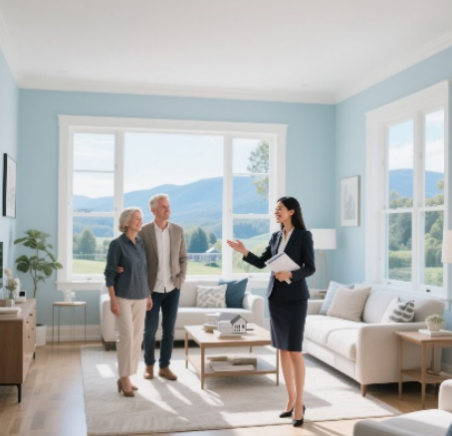
Amsterdam’s skyline is sprouting a new kind of luxury living—one where floor-to-ceiling windows overlook not just canals, but private balcony vegetable gardens, and rooftop greenhouses double as social hubs. This "vertical farmhouse" trend, driven by the city’s strict space constraints and growing demand for sustainable lifestyles, has created a premium real estate niche where properties sell for 25% above local market rates. Developers are transforming compact urban footprints into profitable ecosystems, blending Dutch design precision with innovative food production, all under the umbrella of the country’s iconic "compact city" policy.
The Premium of Cultivated Luxury: Balcony Gardens and Shared Kitchens
At the heart of this trend lies the "grow-live-share" model, which turns residential spaces into edible oases. Luxury apartments in projects like the Bloom Tower in Amsterdam-West feature 10–15 m² private balcony gardens equipped with automated irrigation, vertical planters, and climate-controlled greenhouses, allowing residents to grow herbs, vegetables, and even fruit trees year-round. These aren’t just aesthetic additions—market data shows they contribute directly to a 25% price premium over comparable non-garden units, as buyers value both the self-sufficiency and Instagram-worthy appeal.
Complementing these private gardens are community shared kitchens, often integrated with rooftop farms or ground-floor urban orchards. Developments like Groenmarkt Residences allocate 5% of floor space to commercial-grade kitchens where residents can cook meals using produce from their balconies or the building’s collective harvest. This fosters a sense of community while reducing food waste and transportation costs, aligning with Amsterdam’s goal to become a 100% circular city by 2050. Real estate agents report that such communal amenities boost occupancy rates by 15% and extend tenant retention by an average of 2.3 years.

How the "Compact City" Policy Cultivates Vertical Agriculture
The Netherlands’ "compact city" (Dense City) policy, a cornerstone of national urban planning since the 1990s, mandates that new developments maximize land efficiency while enhancing quality of life. This creates a perfect storm for vertical farming in housing:
Space Scarcity Incentives: With just 34% of the country’s land available for urban use and strict limits on greenfield development, developers must innovate vertically. The policy allows bonus floor area ratios (FAR) of up to 1.2 for projects incorporating food-producing spaces, effectively subsidizing balcony gardens and rooftop farms through increased buildable area.
Sustainability Mandates: By 2025, all new buildings in Amsterdam must be climate-neutral, and 20% of urban green space must be "productive" (e.g., edible gardens or green energy systems). Vertical farmhouses meet both goals: balcony gardens absorb CO₂, reduce heat island effects, and provide fresh produce, while shared kitchens cut household carbon footprints by 30% through bulk cooking and local sourcing.
Social Equity Integration: The policy requires that 30% of new housing be affordable, but developers of vertical farmhouses often exceed this by integrating communal food systems accessible to all residents, regardless of unit type. This turns sustainability into a shared value, appealing to both luxury buyers and socially conscious renters.
Case Study: The Rise of "Growable Architecture"
The Hortus Residences in Amsterdam-Zuid exemplifies this trend. The 12-story building features:
Modular Balcony Farms: Each unit’s balcony is a pre-fabricated "grow module" with soil beds, LED grow lights, and rainwater collection, costing €8,000–€12,000 to install but adding €50,000–€70,000 to the property value.
Vertical Crop Elevators: A central shaft transports harvested produce from rooftop greenhouses to ground-floor shared kitchens via conveyor belts, minimizing labor and waste.
Policy-Driven Density: By incorporating a public rooftop farm open to the neighborhood, the project qualified for a 15% FAR increase, allowing an extra 3,000 m² of residential space—enough to offset 40% of the vertical farming infrastructure costs.

Challenges and the Future of Edible Urbanism
While the model is profitable, it faces hurdles. Higher construction costs (15–20% more than conventional luxury housing) require careful subsidy stacking, such as tapping into the Dutch government’s €100 million Urban Agriculture Fund or EU green building grants. Additionally, maintaining balcony gardens demands tenant engagement—developers now offer "urban farming concierges" to teach residents about crop rotation and pest control, ensuring the amenity remains a selling point, not a burden.
As Amsterdam’s population is projected to grow by 12% by 2030, the vertical farmhouse trend is more than a luxury niche—it’s a blueprint for sustainable densification. By merging the Dutch traditions of precision agriculture and innovative design, developers are proving that urban living can be both luxurious and regenerative, one tomato plant on a 20th-floor balcony at a time.
For investors and homebuyers, the message is clear: In a city where space is currency, growing your own lifestyle doesn’t just add value—it redefines what urban luxury can be.





